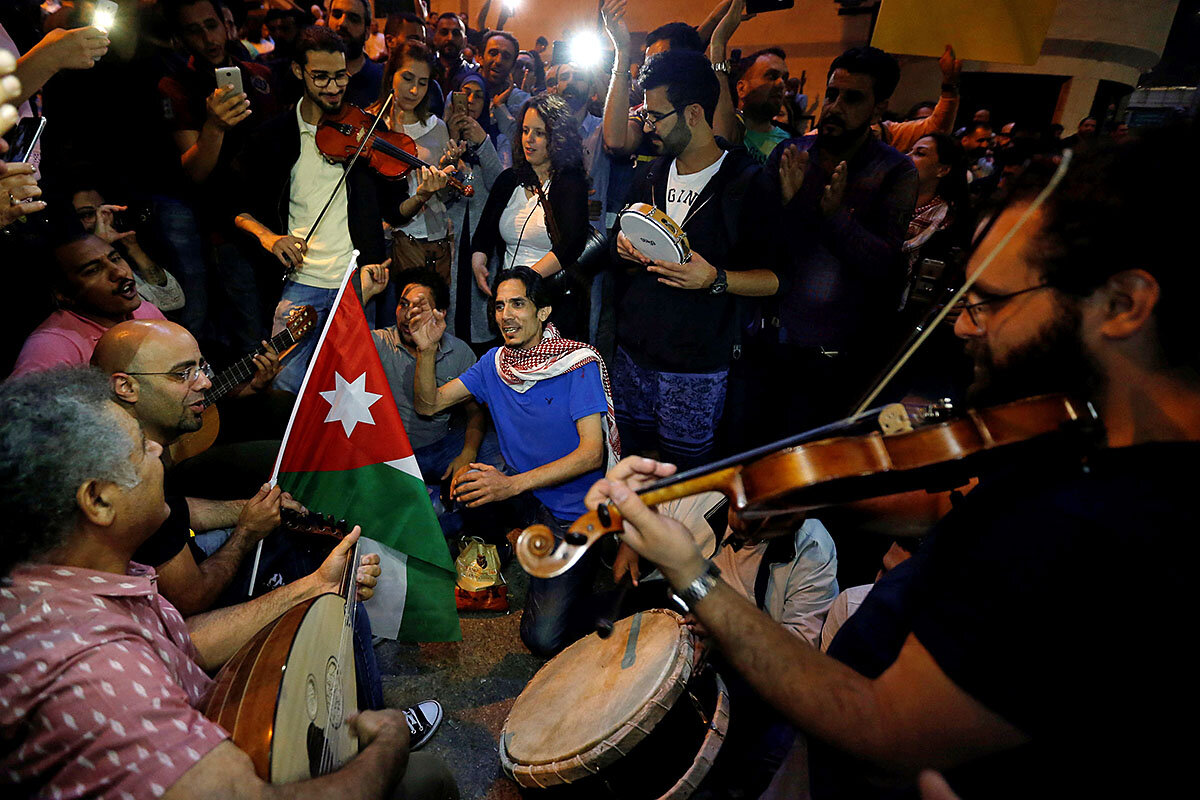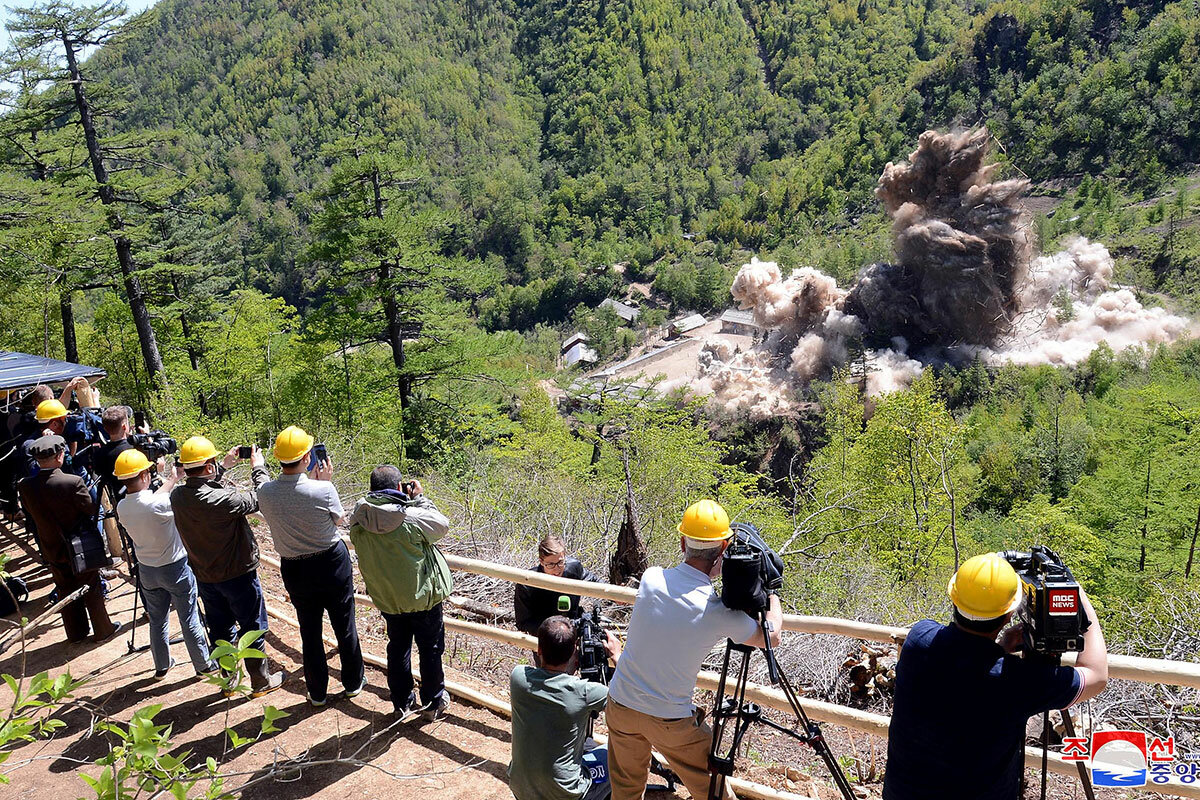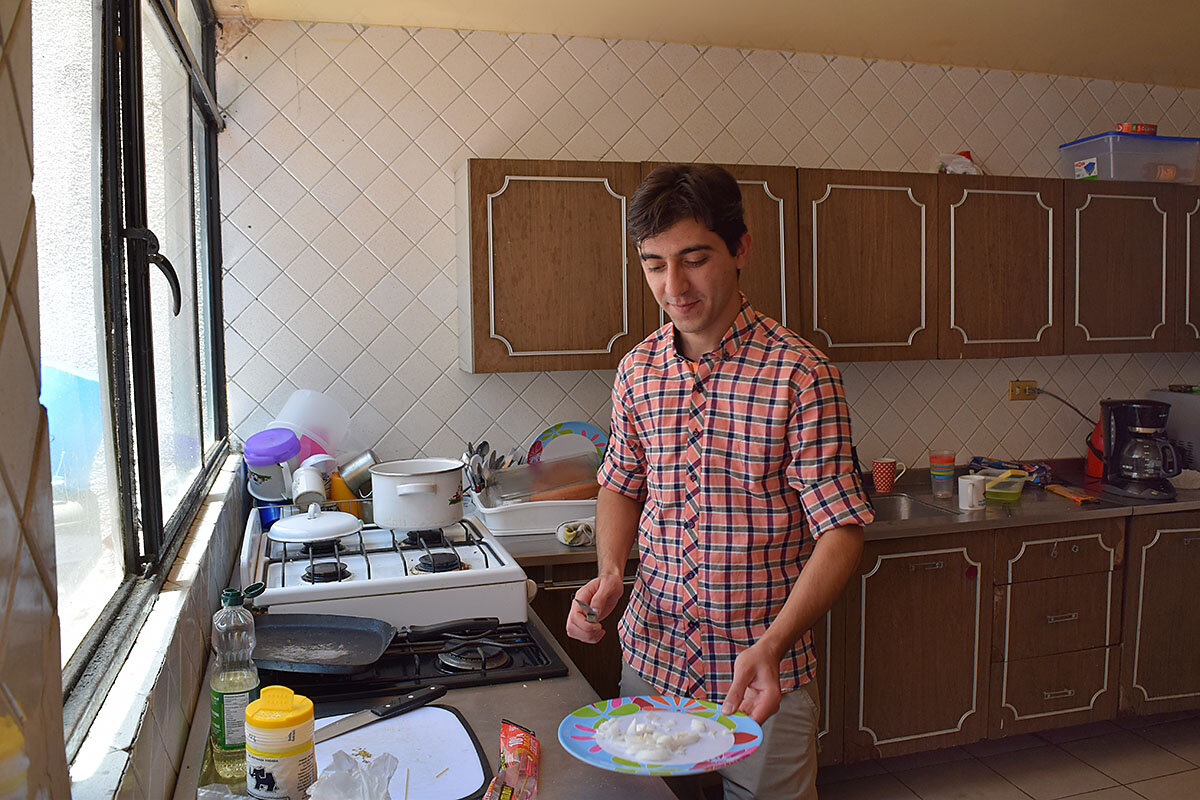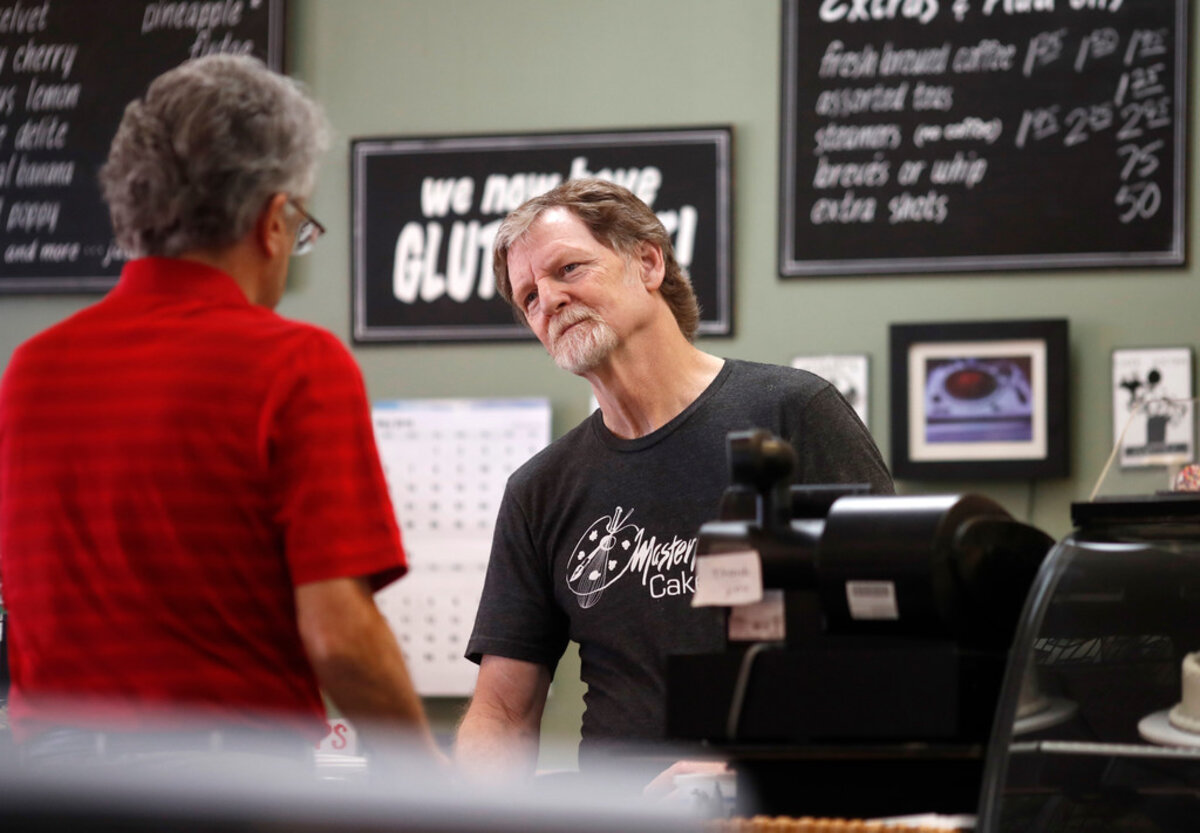Tariffs: How go-it-alone tack on global trade could backfire for US
As President Trump is finding out, trade wars are not easy.
The latest moves in the Trump administration’s assertive “America first” trade policy point to the strategy’s inherent risks: A go-it-alone approach that relies heavily on tariffs could easily backfire.
As Mr. Trump sees it, since the US imports so much from other nations, the threat of tougher US policies is a potent weapon against alleged unfair practices by trading partners. And in fact, some nations have already dangled concessions that could help US exports.
But the administration’s gambits also seem to be producing ire and bafflement rather than dialogue and cooperation.
Canadian Prime Minister Justin Trudeau abruptly canceled a US visit when Vice President Mike Pence laid down a precondition for discussions – that the North American Free Trade Agreement would be renegotiated every few years.
Trump-imposed tariffs on steel and aluminum imports have become a central point of contention between the US and other G7 nations heading into a meeting later this week. Threatened US tariffs on autos are also roiling relations, notably with big exporter Germany.
And with China, things have shifted from an apparent truce a few weeks ago toward the prospect of escalating tariffs on both sides, after a high-stakes meeting over the weekend between Commerce Secretary Wilbur Ross and Chinese Vice Premier Liu He in Beijing bore little apparent fruit.
It may be just a moment of confusion on the path toward what Trump officials say is a needed reset of global trade relations. But Trump’s unpredictable and confrontational approach could also lead to more ominous outcomes, such as growing isolation for the United States – or a trade war that damages the whole global economy.
“Canada already has a deal now with the European Union. Other countries are moving forward without us. If we just keep throwing sand in the wheels or poking people in the eye, then eventually they're going to stop talking to us about negotiating agreements,” says Kadee Russ, an economist and trade expert at the University of California, Davis.
‘Can’t lose a trade war’
On June 2, Trump doubled down on a past comment that for the US it’s “easy to win” a trade war, because America’s large trade deficit makes other nations more reliant on the US as a market than the US is on them. He tweeted: “When you’re almost 800 Billion Dollars a year down on Trade, you can’t lose a Trade War!”
Trump is embarking on a high-stakes gamble that the threat of losing access to America’s huge market will force other leaders to come to terms with US demands. It’s powerful economic leverage, but critics say the approach is politically tone-deaf – both to other leaders’ domestic political considerations and the US’s standing in the world.
For example, in the talks to revamp NAFTA, neither Canada’s Mr. Trudeau nor Mexican President Enrique Peña Nieto can afford to be seen as capitulating to US demands, trade experts say. And the more the US baldly stretches trade loopholes to push for concessions, the more it looks like a bully.
“In the short term, you can coerce all sorts of people successfully if you have leverage,” says Stephen Biddle, a defense policy expert at the Council on Foreign Relations. “The trouble is, you burn through good faith real fast when you behave this way.”
Is it worth the risk? It depends partly on how deftly the Trump team can play its hand – something that’s been cast in doubt by a style that has drawn criticism for overreaching demands and lack of clarity on goals. Even supporters say the administration suffers from internal dissension and poor messaging.
It also depends, heavily, on one’s world view: Is the US a winner or a loser in world trade? For many advocates of the current rules-based system, the US is a winner.
In this view, the big culprit for current trade imbalances is China, and the best way to deal with Beijing is by building a coalition of trade allies to demand change. Instead, the administration is attacking those allies for their trade imbalances with the US.
“It’s a deeply flawed negotiation strategy,” says Philip Levy, a former trade adviser in the George W. Bush administration who’s now at the Chicago Council on Global Affairs.
While 56 percent of Americans think that trade agreements have been generally good for the US, according to a recent Pew Research Center poll, a sizable 30 percent disagree with that view.
Travel to the deindustrialized portions of the Midwest or South and it’s easy to see why. Good-paying manufacturing jobs have disappeared. Income inequality has increased. The US looks like a loser on trade. And thus, some say it is worth the risk to demand wholesale change of the system.
“It looks like chaos,” says Lori Wallach, director of Public Citizen’s Global Trade Watch. But US Trade Representative Robert Lighthizer “is one of the most astute trade representatives in decades,” she says. “The vision is going at the big structural issues.”
This vision includes taking on China alone, but only because former President Barack Obama’s attempts to build a coalition of the willing largely came up dry. And it includes restructuring trade rules with trade allies in such a way that American workers’ jobs are not sacrificed so that corporations can make bigger profits, Ms. Wallach says, a demand that liberals have been making for years.
A dangerous strategy
But the risks to Trump’s strategy are evident in the broad criticism his recent moves have drawn, from Republican leaders like Senate majority leader Mitch McConnell to the US Chamber of Commerce. On Monday, the influential conservative donor network founded by the Koch brothers announced a campaign to sway voter opinion against a tariff-oriented trade policy.
The mainstream view of trade wars has long been that nobody “wins” them. A cycle of tariffs and countermeasures harms all the affected economies by pushing up consumer prices and dampening productivity-enhancing investments.
So far, Trump’s tariffs on metals and other nations’ countermeasures don’t look like a huge hit to economic growth. Similarly, following through with threatened tariffs on $50 billion in imports from China would lift annual US inflation by about a tenth of a percentage point, and slow economic growth by about the same amount, according to recent estimates by Oxford Economics. But those small hits aren’t meaningless, and the threatened measures between the US and China alone have recently moved far above the $50 billion mark.
The economic hazards could push all parties to the negotiating table. But there’s no guarantee that a damaging trade war will be avoided.
“Europe’s being very careful and measured in their actions,” signaling they want to avoid escalation, says trade economist Ms. Russ. She notes that even as the European Union filed a World Trade Organization complaint challenging US steel tariffs, it also filed a case against China.
But “some of these officials are really mad,” she adds.
Politically, the dangers are much greater for Trump and US diplomacy in general. For example, the administration’s bluster over trade convinced South Korea to cut a deal on limiting steel exports to the US. But so far it hasn’t forced Canada, Mexico, or China to budge.
If they stand pat and call Trump’s bluff, then he will have no big trade agreements to show voters – only tariffs. And his tariffs will impose immediate costs on US consumers, farmers, and various industries as costs rise and other nations retaliate with their own trade sanctions.
Some domestic industries will prosper, of course, but that rebuilding will take time. And Trump’s rhetoric about trade wars being easy to win isn’t preparing the public for the short-term pain and economic upheaval that will result.
A tariff “is a 2x4 upside a country’s head,” says Wallach. What’s important is what happens next. “The success will be marked by whether the underlying changes happen. [But] if ‘team status quo’ prevails and the longer-term strategy gets abandoned mid-course ... then they will get into a lot of trouble.”


















